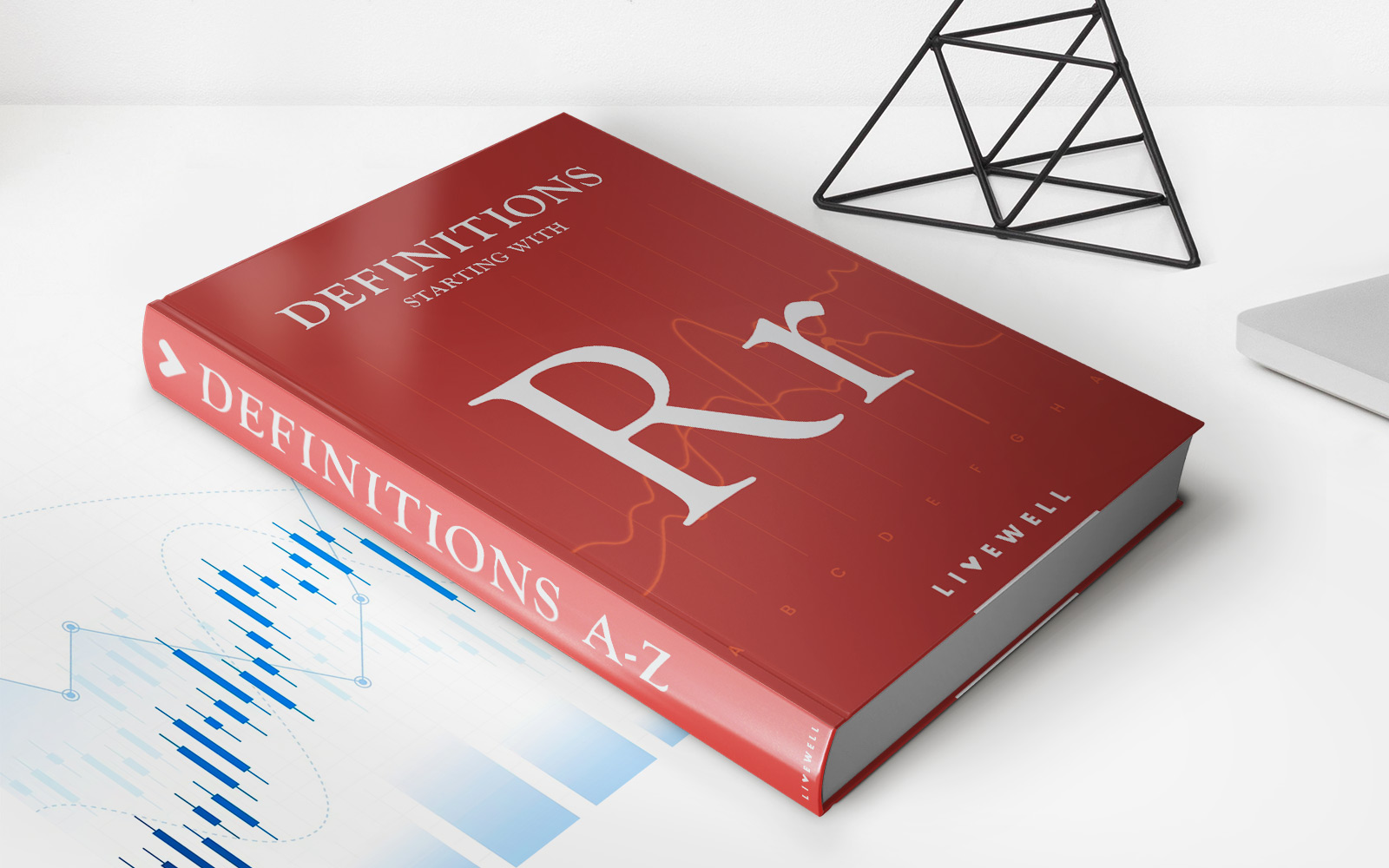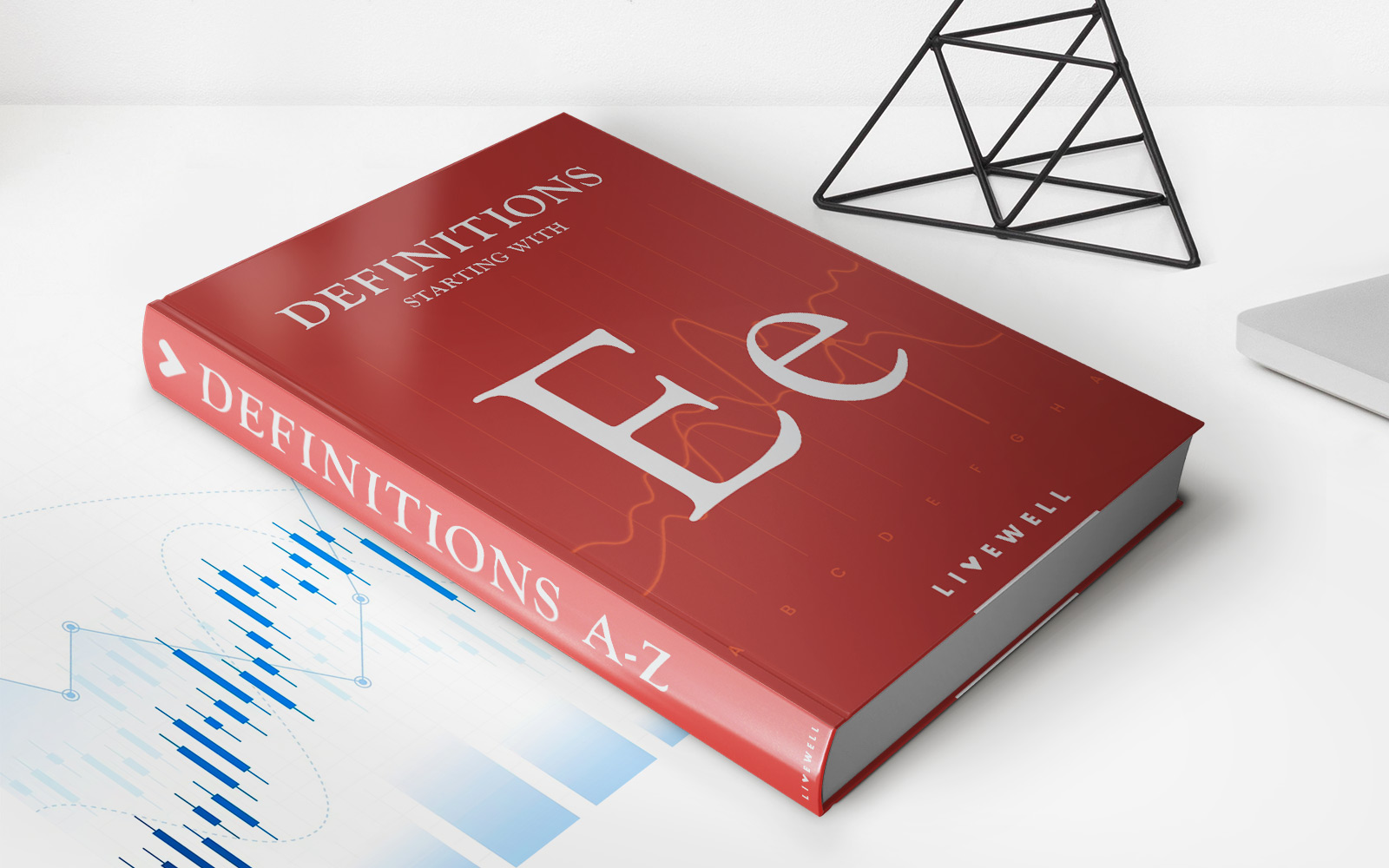Home>Finance>Repurchase Agreement (Repo): Definition, Examples, And Risks


Finance
Repurchase Agreement (Repo): Definition, Examples, And Risks
Published: January 19, 2024
Explore the world of finance with our comprehensive guide on Repurchase Agreements (Repo). Learn the definition, examples, and risks associated with this crucial financial instrument.
(Many of the links in this article redirect to a specific reviewed product. Your purchase of these products through affiliate links helps to generate commission for LiveWell, at no extra cost. Learn more)
Understanding Repurchase Agreements (Repo)
When it comes to the world of finance, there are numerous tools and strategies that individuals and institutions use to manage their assets and secure short-term funding. One such tool is the Repurchase Agreement, commonly known as a “Repo”. In this article, we will delve into the definition of Repo, provide examples of how it works, and shed light on the associated risks.
Key Takeaways:
- Repurchase Agreements (Repo) are a commonly used financial instrument in the money markets.
- They involve the sale of securities with an agreement to repurchase them at a later date and a predetermined price.
What is a Repurchase Agreement (Repo)?
At its core, a Repurchase Agreement is a short-term borrowing transaction that involves the sale of securities, typically government bonds or Treasury bills, with an agreement to repurchase them at a later date. In simple terms, it is a way for financial institutions to raise short-term cash by temporarily selling their securities and repurchasing them at a slightly higher price.
How Does a Repurchase Agreement Work?
Let’s imagine a scenario where Bank A owns a portfolio of Treasury bills but is in need of immediate cash. Bank B, on the other hand, has excess cash but wants to earn some interest on those funds. In this situation, Bank A can enter into a repo agreement with Bank B. Bank A will sell the Treasury bills to Bank B, who in return will provide the necessary cash, with both parties agreeing on the repurchase price and date. At the agreed-upon date, Bank A repurchases the Treasury bills, paying Bank B the initial cash plus some interest.
Example of a Repurchase Agreement:
Let’s say Bank A sells Treasury bills worth $1,000,000 to Bank B, with an agreement to repurchase them in 30 days at a repurchase price of $1,005,000. Bank B provides $1,000,000 to Bank A in exchange for the Treasury bills. After 30 days, Bank A repurchases the Treasury bills for $1,005,000, effectively paying an interest of $5,000.
The Risks Involved in Repurchase Agreements:
While Repo agreements are generally considered safe and widely used in the financial industry, it’s important to be aware of the potential risks involved.
- Counterparty Risk: There is always a risk that the counterparty may default on their repurchase obligations, leading to financial losses.
- Market Risk: The market value of the securities being repurchased may fluctuate, resulting in potential losses for the buyer.
- Operational Risk: Errors in the administration and settlement process can lead to complications and financial risks.
It is crucial for investors and institutions engaging in Repo agreements to assess these risks and ensure they have appropriate risk management strategies in place.
To summarize, Repurchase Agreements (Repo) are widely used financial instruments that provide short-term funding solutions by temporarily selling securities and repurchasing them at a later date. Understanding how they work and the associated risks is essential for anyone involved in the money markets.














